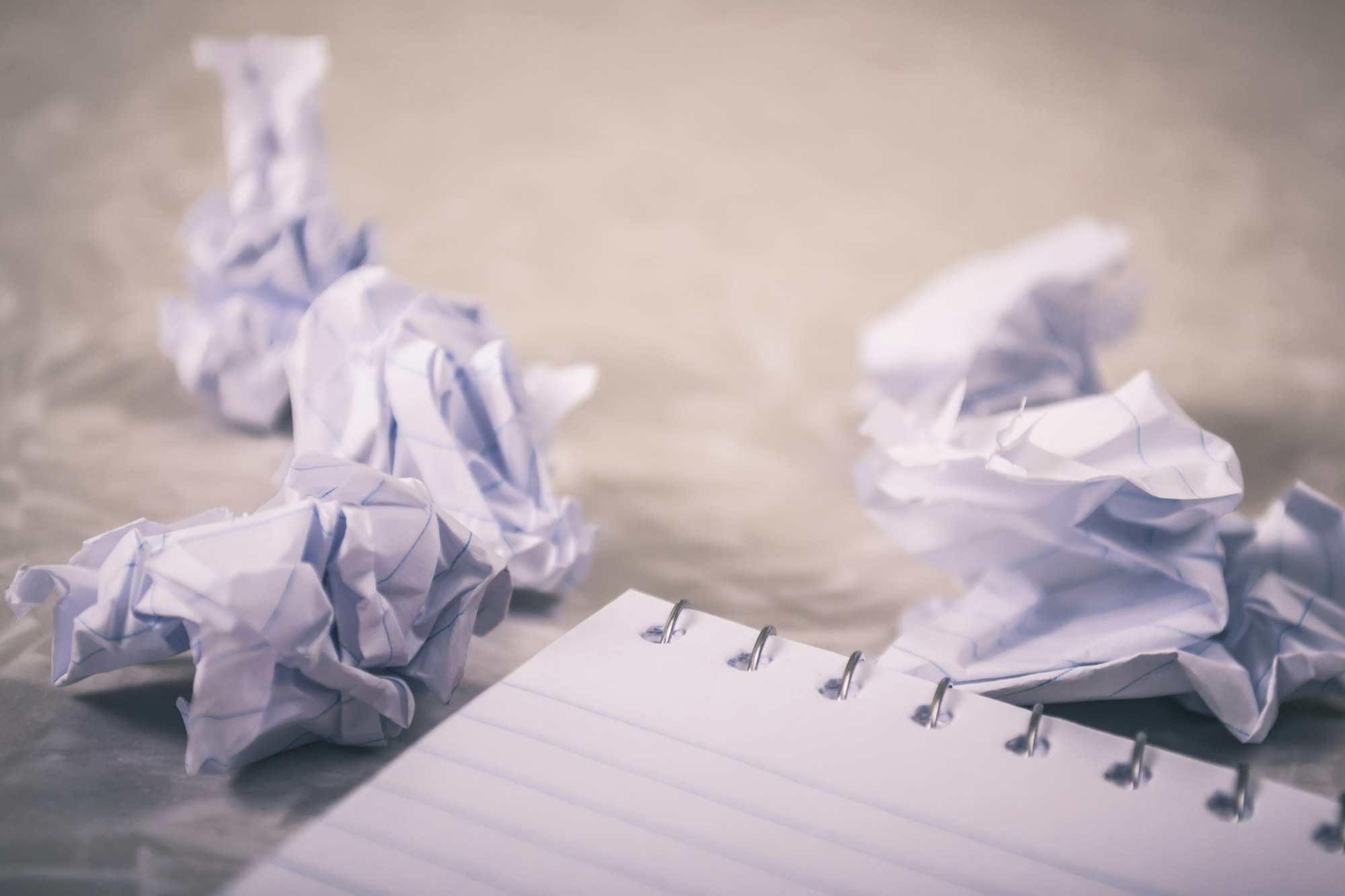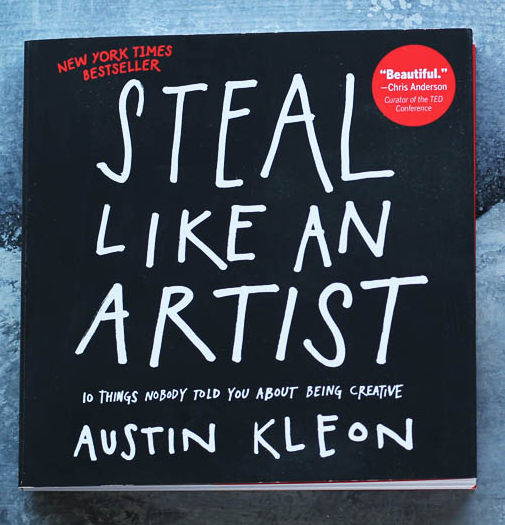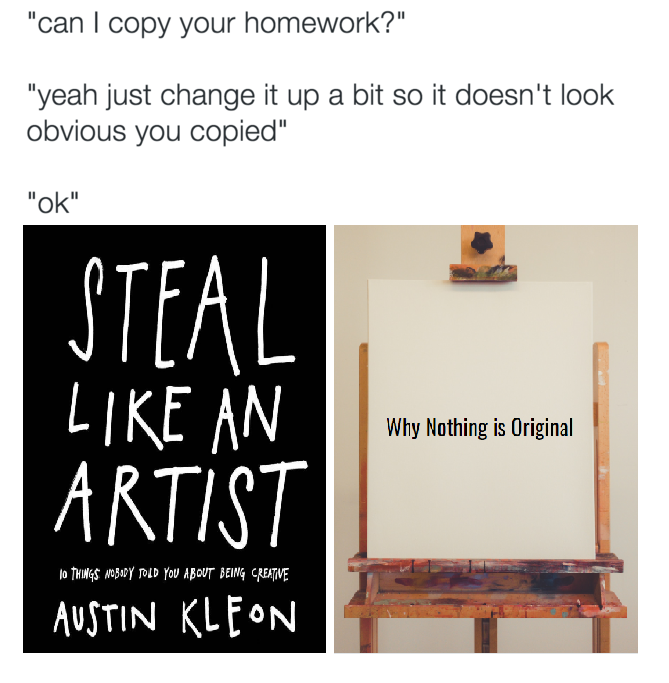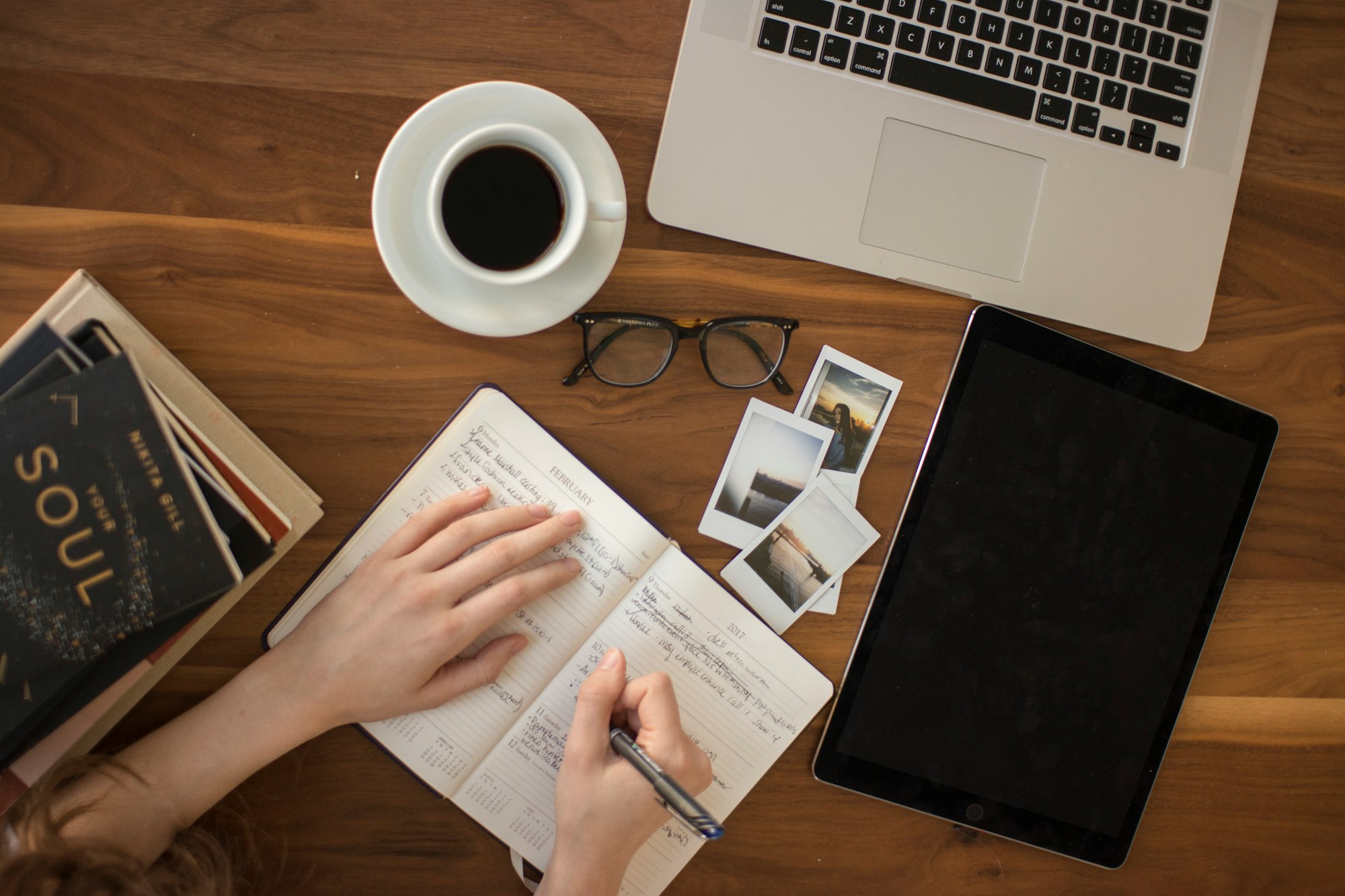"Steal Like An Artist" - Why Nothing Is Original

If you look at this post's release date compared to the one before, you'll realise it's been quite a while since I've written anything here.
The truth is, I couldn't get myself to hit post. Everything I wrote - the random thoughts jotted down, or the insights I came across, none of it seemed like it would be of any use to share, because it wasn't really my own. I could always attribute something I thought to someone else.
There was nothing unique about it.

In the writing community they generally say you should 'write the book that you would've liked to read'. In other words, write about the things that the current or past version of yourself would've gained something from.
I enjoy reading, and I've been getting back into the habit recently - but the separation between absorbing other people's ideas (through books, YouTube videos, TED talks or podcasts) and sitting down at a desk, taking the time to publish something of my own - it seemed a world away. I couldn't do that: everything I had to say had already been said, and said better.
But, you're reading this post right now. That means I managed to publish something - so, there must be a happy ending, right?
I found a way to get past that negative mindset. And the way to circumvent it was twofold:
- Realise that nothing you make will ever be original
- Go meta - if you can't think of what to write, write about your struggles of not being able to write. Share the process, not it's result.
This post will cover the first of those methods: getting past the idea that your work needs to be original. And so, in the spirit of that, I'm going to spend the rest of this post sharing 7 insights from a book that taught me that lesson.
(Or, in other words, nabbing someone else's hard earned wisdom and putting it on my blog).

Steal Like an Artist, by Austin Kleon
Steal Like an Artist is a book about getting past the idea that to be an artist, or a creative of any sort, you have to come up with something that the world has never seen before.
A good artist understands that nothing comes from nowhere, and that when people call something original, most of the time they just don't know the references or original sources involved in making it. In the words of Pablo Picasso, "Art is theft".
But the technique of 'stealing like an artist' isn't as simple as copying someone else's work and calling it your own (nor should it be) - it involves a process which combines work from a whole host of other sources, until it's so hard to figure out what the exact inspiration for the piece was, people start to call it unique.

“Immature poets imitate; mature poets steal; bad poets deface what they take, and good poets make it into something better, or at least something different. The good poet welds his theft into a whole of feeling which is unique, utterly different from that from which it was torn.” —T. S. Eliot
In Austin's words, when artists get asked the question 'Where do you get your ideas?' the honest among them answer 'I steal them'. When they look at the world, they stop worrying so much about what's good and bad, but rather what's worth stealing and what's not worth stealing.
The Concept of Originality
A good artist understands that all creative work is just building on top of what came before. To be able to do that, you need to involve previous artists' work in your own.
You might notice this post has a lot more quotes than previous ones. Here's one that stuck out to me, by the author André Gide:
“Everything that needs to be said has already been said. But, since no one was listening, everything must be said again.”
This was the exact thought that was stopping me from writing anything. All it took to overcome it was to realise that it didn't matter if something had been said before, because it was still useful.
Freeing ourselves from the burden of trying to be completely original and making something out of nothing, lets us embrace influence instead of running from it.

Everything is a Remix
Austin brings up a common example he uses to demonstrate the idea that every new creative pursuit is just a mashup of old ones. He talks about the trick of parallel lines, taught in art school.
If you draw two straight black lines next to each other:

How many lines are there in total?
It sounds like a trick question, and rightly so, because the answer is three. Two black lines, and a third line of negative space formed between them. 1+1=3.
When we combine influences and ideas together, it's natural for something new to be born of that combination.
Another great metaphor he uses for this idea relates to genetics. We all have mothers and fathers, and possess features from both, but we as humans are greater than the sum of their parts.
You're a remix of your parents, all of your other ancestors, and whatever else you choose to let influence you.
The German writer Goethe said, “We are shaped and fashioned by what we love.”

Humans are designed to adapt: to take on new ideas and strategies to improve themselves. It doesn't just apply to creativity, but in all things - it's what goes on in schools and universities throughout the year: a slightly older and more experienced human tells the younger humans how to do something, and they spend the next few years of their life stealing those methods and copying them in their own way.
That description fits literally any field out there, from medicine and engineering to creative writing and fine art. It's what it means to teach and be taught.

But when those skills are put into practice, you often find that every individual student will go about their work using different methods. No two musicians can ever create the exact same piece of music individually, even if they've been taught by the same teacher.
So, once we free ourselves from the burden of originality and understand that what we make will always be a synthesis of previous works, we embrace the influence. And ironically, through developing that method and constantly combining our influences, we start to create work that people call 'original'.
“What is originality? Undetected plagiarism.” —William Ralph Inge
From Imitation to Emulation
At some point, we move from imitating our heroes to emulating them. Imitation is to do with copying. Emulation is a step beyond that - where our work starts to look like our own.

When you look at professionals who are great at what they do, it seems as though they've developed unique styles that they've supposedly been using since the beginning. But to think that, we'd be disregarding the years of work put into developing the style, primarily by trying (and ironically failing) to copy other professionals.
In the words of the late Kobe Bryant, “There isn’t a move that’s a new move.” He admitted that all of his moves on the court were stolen from watching tapes of his heroes. But initially, when Bryant stole a lot of those moves, he realized he couldn’t completely pull them off because he didn’t have the same body type as the guys he was thieving from. So he adapted them to make them his own.
That concept applies to all fields. Conan O’Brien said “It is our failure to become our perceived ideal that ultimately defines us and makes us unique.”
Through our failure to copy our heroes, we figure out what our own style is. That's how we evolve and really find success.

Find the Treasure in the Trash
When we open ourselves up to the idea that anything is up for grabs - that any idea can be taken and moulded with another to form something unique, it's easy to start taking inspiration from things left and right.
But Austin makes the distinction that the artist is a collector, not a hoarder.
The best artists know how to collect selectively, and find the gems of inspiration among the things they see everyday, rather than swipe everything. Those gems could be found anywhere and in anything, but what makes them special is that they have meaning to the artist.

It could be a quote, a song lyric, a piece of dialogue from a TV show or an offhand comment from a podcast - if it's special to you, you can make it into something special for other people.
You're only as good as the stuff you surround yourself with, and so your job is to collect good ideas - the more you collect, the more you can choose to be influenced by.
“Steal from anywhere that resonates with inspiration or fuels your imagination. Devour old films, new films, music, books, paintings, photographs, poems, dreams, random conversations, architecture, bridges, street signs, trees, clouds, bodies of water, light and shadows. Select only things to steal from that speak directly to your soul. If you do this, your work (and theft) will be authentic.” —Jim Jarmusch
Create What You Know to Know Who You Are.
It's in the act of making things and doing our work that we figure out who we are. So make. It's natural to be scared, but you still have to do it.
If you have work that you've been putting off - maybe you think it isn't original too, or can't get started because you want it to be perfect - get over the imposter syndrome by understanding that your hesitation is a sign that you're ready, educated and skilled enough to do it well.

Copy From Your Heroes.
We've covered that to know your style and develop your voice, you have to start copying - that means practice, not plagiarism.
The best people to copy from are your heroes - the people you look up to, the people you're inspired by.
The idea is to reverse-engineer what somebody else has made to see how it works and replicate it, not to pass it off as your own. The metaphor of the mechanic or engineer taking apart a machine to see how it works resonates well here.
As Austin puts it, "We learn to write by copying down the alphabet. Musicians learn to play by practicing scales. Painters learn to paint by reproducing masterpieces."
“Those who do not want to imitate anything, produce nothing.” - Salvador Dali
Find the people you aspire to be like, and learn how they do what they do. Then try and do it yourself.
An important point to note is that rather than stealing the style itself, it's much more valuable to steal the thinking behind the style. By doing that, you don't just start to look like your heroes - you start to see like them too. By getting a glimpse into their minds, you can internalise a new way of looking at the world, and incorporate it into your own.

Limit Yourself to Find Freedom
The best way to get over a creative block is actually to limit yourself.
We live in an age where we have all the information we could ever want sitting in our pockets. The problem isn't a lack of resources, it's the focus to use them properly.
One of the reasons that small passion projects and side hustles often end up growing more than the work we do in our day jobs, is because we put effort into them even when we don't have the resources to do well - because we enjoy doing them.
By placing resource constraints on ourselves, we get rid of the need to acquire something new before we start working.
By placing time constraints on ourselves, we eliminate the perfectionism, and the need to draft and redraft what we create.
By working with whatever we have, we allow ourselves to do what we do best.

Steal Like an Artist has so many more amazing lessons to learn that I didn't cover here. If you want to have a look through the full book, I'd highly recommend it, there's a ton of wisdom to gain from it, as well as Austin's other work.
I'm considering continuing this blog by doing more regular book reviews, outlining the concepts of some amazing reads that I learnt a lot from, talking about how they relate to my own life, and how they can apply to you. If that sounds interesting to you, you're welcome on the journey.
When I was thinking of a relevant music piece to include with the post, this was the first that came to mind (the title might've had something to do with it). Music is a really good example of a medium where creators can use the exact same resources to create something that seems new and unique each time.
Detroit: Become Human is also one of my favourite games - I expect to write about it in the future, but it's a work of art, designed like a Choose Your Own Adventure story, to be replayed multiple times, with new choices, endings and scenes.
On the off chance that you've read something on here and loved it, or want to read more, feel free to shoot me a message on my socials:
- @moh_askari on Instagram
- @MohammadAskari_ on Twitter
- Mohammad Askari on Facebook
The feedback helps massively. Thanks!
